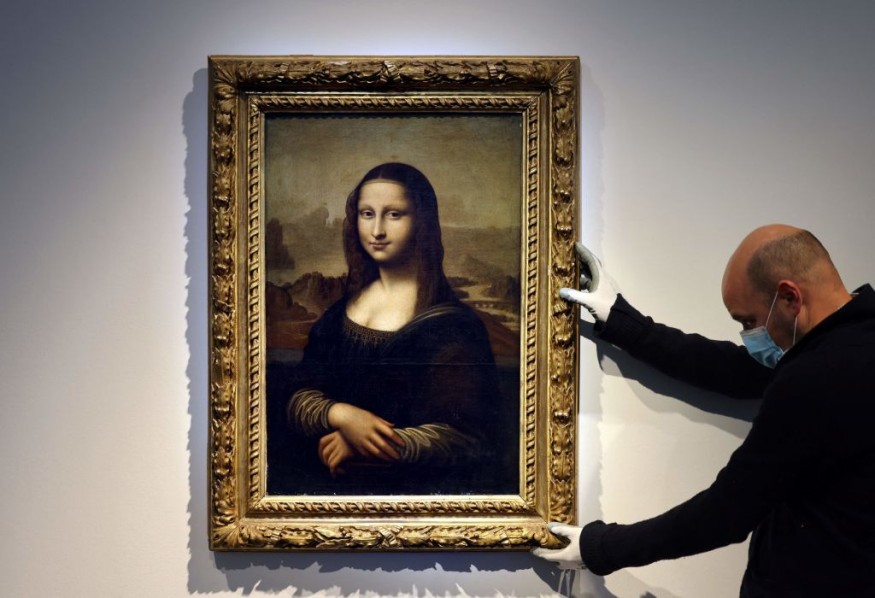Researchers analyzed paint samples from Renaissance masterpieces using various techniques and found that master painters Leonardo da Vinci, Sandro Botticelli, and others used egg yolk mixed with oil to create a more durable and stable paint. According to Insider, adding egg yolk into oil might help paintings withstand humidity, wrinkling, and yellowing.
The study's findings offer new insight into the techniques and innovations of Renaissance artists and may also have practical implications for the preservation and restoration of these masterpieces.

Eggs on Renaissance Paintings
Previously, small amounts of protein residue were found in old oil paintings, but it was believed to be accidental contamination. But the new study, titled "A Holistic View on the Role of Egg Yolk in Old Masters' Oil Paints' Oil Paints" published in Nature Communications, suggests that the presence of protein, including egg yolk, was intentional.
Researchers said that it sheds light on the advanced techniques used by talented painters of the past. More so, it explains how the use of egg yolk in oil paints can significantly alter their properties, such as preventing the absorption of moisture and avoiding yellowing and wrinkles, issues even faced by famed artist Leonardo da Vinci.
Study lead author Ophélie Ranquet of the Institute of Mechanical Process Engineering and Mechanics at the Karlsruhe Institute of Technology in Germany told Insider in a phone interview that there are very few written sources about this technique and no scientific study has been done before.
The findings show that, even with a small amount of egg yolk, painters can change the properties of oil paint for it to be more beneficial to them as it improves the durability and longevity of paintings, allowing people to still admire their spectacular masterpieces today.
Science Behind Using Egg Yolk in Oil Painting
According to CNN, a separate research examined whether the addition of a component of tempera, the egg-based medium used in ancient Egypt, could improve oil paint, which emerged in the seventh century.
Researchers used egg yolk, distilled water, pigment, and linseed oil to mix ultramarine blue and lead white; and they discovered that egg yolk adds antioxidants to paint that slow down oxidation, and helps make the paint resistant to humidity.
Egg yolk contains a protein called lysozyme, which acts as a natural preservative and helps prevent the growth of bacteria and fungi. When mixed with oil, it creates a paint mixture that is more resistant to humidity, heat, and light. It is also less likely to crack or yellow over time.
Even Renaissance master painters Leonardo da Vinci and others may have added egg yolk to their paints to improve them. Egg yolk also allows painters to create impasto techniques easily, using less pigment than previously.
The wrinkles on Leonardo's painting, "Madonna of the Carnation," are said to demonstrate the issues with wrinkling that can occur due to insufficient pigments. However, the researchers claim that the addition of egg yolk can avoid such imperfections.
On the other hand, oil paint dries more slowly than tempera and creates more vivid colors, thus gaining prevalence in the Middle Ages, Italy during the Renaissance, and Northern Europe in the Medieval period. It is believed that da Vinci experimented with the medium by mixing both tempera and oil paint.
RELATED ARTICLE: New Research Reveals The World of Tiny Life Forms in Da Vinci's Drawings
Check out more news and information on the Design in Science Times.
© 2025 ScienceTimes.com All rights reserved. Do not reproduce without permission. The window to the world of Science Times.










